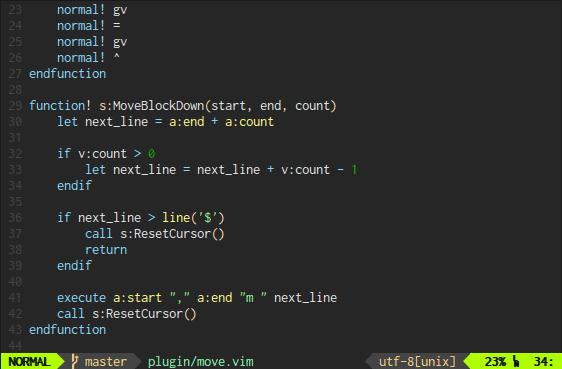Vim, the ultimate text editor for developers is one of the most popular and powerful text editors. The Vim Editor is used by a number of coders, programmers or developers in all platforms.
Vim is a command line text editor. Vim is available in almost all Linux distributions by default 😁 It is the best text editor when it comes to editing code. But if you are new to Linux and Vim, then this can be intimidating at first.
If you are new to vim, I recommend these exercises
Start with vim
What makes Vim so efficient is that it leverages a powerful modal editing style. In modal editing, the editor works in two modes: you're either inserting text (insert mode i), or in command mode (ESC). This gives you a great deal of flexibility, as well as enabling some very fast movements and edits.
The most important commands are:
- Editing:
iinserts text . - Deleting:
dddeletes a line - Command mode:
ESC - Moving: "l" moves the cursor one character to the left, "h" to the left, "j" to below, "k" above, "l" to the right, "H" to the right, and "L" to the beginning of the line and column.
The following is a list of some essential and commonly used vim commands.
| Action | Command |
|---|---|
vim file |
Open file |
:w |
Save file |
:wq |
Write and quit |
:q! |
Quit without saving |
h |
move cursor left |
j |
move cursor down |
k |
move cursor up |
l |
move cursor right |
yy |
copy line |
p |
paste |
!ls |
run ls command |
Each command can be prefixed with a number to repeat it that many times over, for example :2wq will save the file and quit vim twice. Pressing 10j will move the cursor down 10 lines.




Top comments (0)